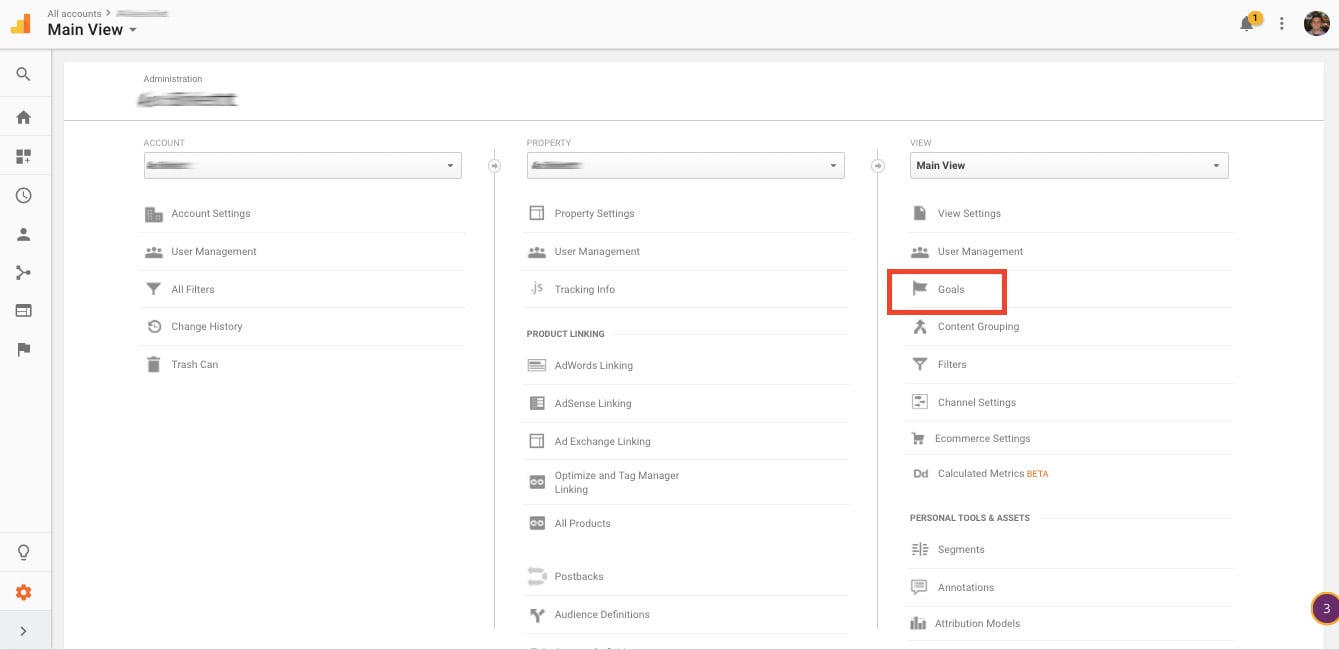Discover What Data Is Google Analytics Goals Unable to Track
Revealing the Blind Attractions: Understanding What Google Analytics Goals Can not Measure
In the realm of electronic analytics, Google Analytics stands as an effective tool for monitoring and examining online customer interactions. Understanding what Google Analytics objectives can not determine is crucial for obtaining a detailed view of customer behavior and involvement.
Individual Behavior on External Operatings Systems
Understanding just how users connect on outside systems is crucial for optimizing on-line techniques. Exterior platforms, such as social media networks, recommendation websites, and on the internet discussion forums, play a considerable role in driving web traffic to a firm's site. By assessing individual actions on these platforms, services can gain useful understandings into the efficiency of their advertising and marketing efforts and the choices of their target market.
One key facet of user habits on exterior systems is the recommendation resource. By tracking where the individuals are coming from, organizations can identify which platforms are driving one of the most traffic to their website. This information can assist companies allocate their resources better, concentrating on the systems that generate the very best results.

Offline Conversions and Communications
Evaluating customer actions on external systems supplies beneficial insights into on the internet strategies; nonetheless, considering offline conversions and interactions is just as vital for a thorough understanding of a company's total performance. Offline conversions, such as in-store acquisitions or phone questions, play a considerable role in numerous businesses' success.

Acknowledgment Beyond Last Click
When diving into the world of electronic marketing analytics, it ends up being important to look beyond the single touchpoint of the last click for a much more thorough understanding of attribution. While Google Analytics offers useful understandings into individual actions, relying entirely on last-click attribution can be restricting - what data is google analytics goals unable to track. Acknowledgment versions that exceed the last click provide a much more nuanced view of the client journey, considering all the touchpoints that cause a conversion
Attribution beyond the last click allows marketing professionals to designate credit to numerous communications along the conversion course, providing a clearer photo of the efficiency of different marketing networks. By discovering multi-touch acknowledgment designs such as linear, time degeneration, or position-based attribution, companies can much better allot their advertising budget plans and optimize their approaches for maximum additional hints impact.
Recognizing the impact of each touchpoint in the conversion process is crucial for making educated decisions and making the most of ROI. By embracing acknowledgment beyond the last click, businesses can obtain deeper understandings into consumer actions and tailor their marketing initiatives better.
Cross-Device and Cross-Browser Monitoring

Likewise, cross-browser monitoring complements cross-device monitoring by recording individual habits as they switch in between various web browsers. Comprehending just how users engage with websites on different internet browsers can aid online marketers maximize their online experiences to guarantee uniformity and capability across different platforms.
Qualitative Data and Individual Intent
Recognizing user intent via qualitative data analysis is critical for developing targeted electronic marketing approaches that resonate with the needs and choices of the target market. Qualitative information gives understandings right into the 'why' behind customer activities, losing light on inspirations, feelings, and preferences that quantitative data alone can not capture. By analyzing customer responses, remarks, and communications, marketing professionals can discover important information about customer intent, permitting them to customize their messaging, material, and offerings to better align with what their audience is looking for.
Qualitative information likewise assists in comprehending the context in which users engage with a site or application. This contextual understanding makes it possible for marketing experts to create more appropriate and personalized experiences, eventually driving greater involvement and conversion rates. By diving into user intent with qualitative data evaluation, services can acquire a much deeper understanding of their target audience, leading to extra effective advertising see this website and marketing methods that meet customers' needs and assumptions.
Conclusion
Finally, Google Analytics goals have constraints in determining customer habits on exterior platforms, offline conversions, acknowledgment beyond last click, cross-device and cross-browser monitoring, and qualitative data associated to user intent. what data is google analytics goals unable to track. It is necessary for services to be aware of these unseen areas in order to supplement their data evaluation with various other tools and techniques to obtain a much more thorough understanding of their audience and enhance their total digital marketing methods
By analyzing user habits on these systems, businesses can acquire beneficial understandings into the efficiency of their advertising and marketing efforts and the choices of their target audience.
Assessing user habits on outside systems provides important understandings right into on-line strategies; however, taking into consideration offline conversions and communications is just as critical for a comprehensive understanding of a business's total efficiency.In electronic advertising and marketing analytics, relocating past last-click attribution to explore cross-device and cross-browser tracking is vital for getting an alternative understanding of customer interactions across various platforms and devices. By analyzing user feedback, comments, and communications, marketing professionals can discover useful info regarding individual intent, allowing them to tailor their messaging, web content, and offerings to much better line up with what their audience is seeking.
By delving right into individual intent with qualitative data analysis, businesses can gain a much deeper understanding of their target audience, leading to extra efficient advertising techniques that satisfy users' assumptions and requirements.